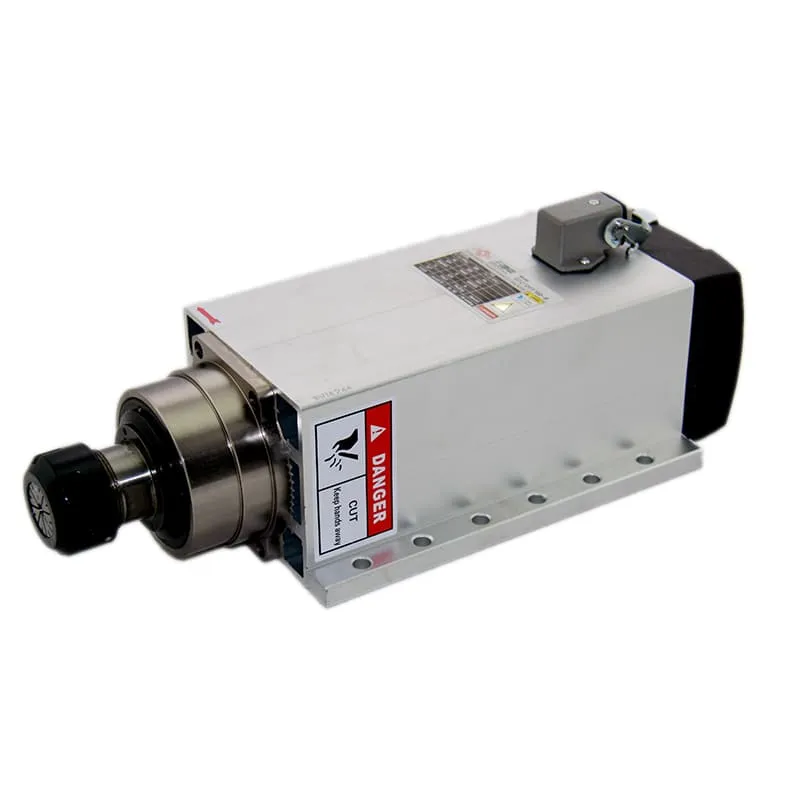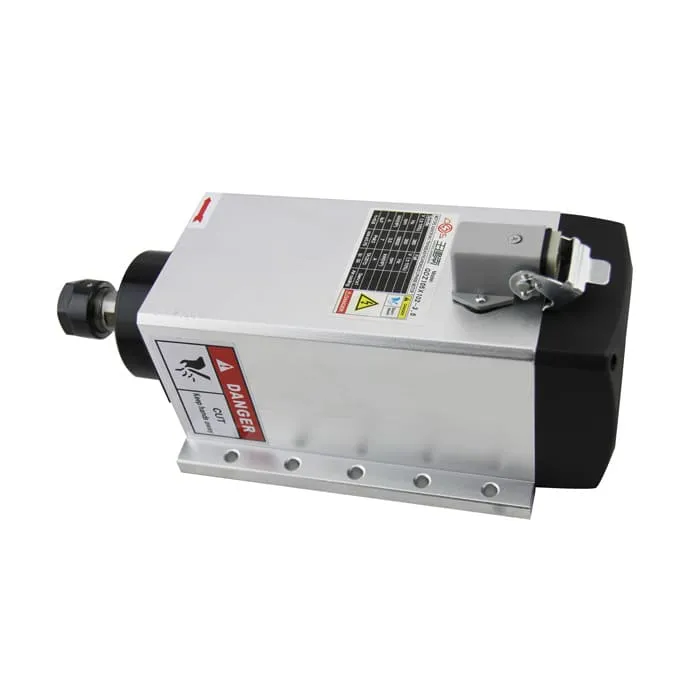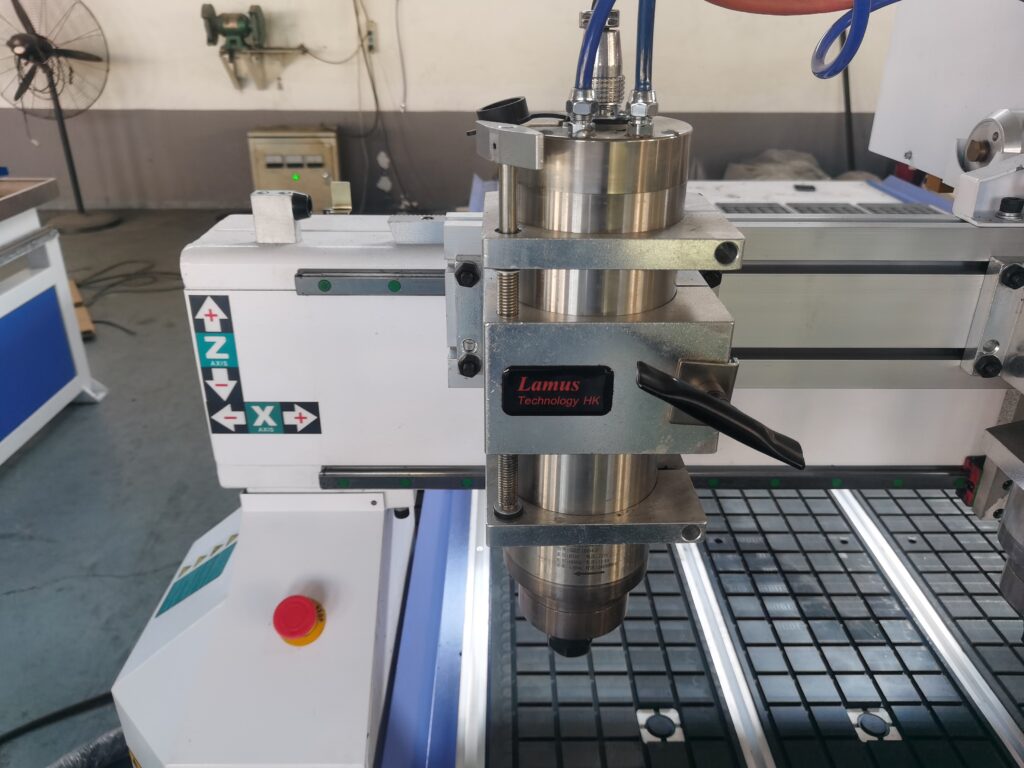Are CNC Machinists in Demand?
In today’s rapidly evolving manufacturing landscape, the role of CNC (Computer Numerical Control) machinists has become increasingly crucial. As industries continue to embrace automation and precision manufacturing, the demand for skilled CNC machinists is a topic of significant interest. This article delves into the current state of the job market for CNC machinists, exploring the factors driving demand, the skills required, and the future outlook for this dynamic career path.
The Current State of CNC Machinist Demand
The short answer to the question “Are CNC machinists in demand?” is a resounding yes. As manufacturing technologies advance, the need for skilled professionals who can operate, program, and maintain CNC machines has grown substantially. This demand is driven by several factors:
- Technological advancements in manufacturing
- Increasing automation in various industries
- The retirement of older, skilled machinists
- Growth in industries that rely heavily on precision parts
According to the U.S. Bureau of Labor Statistics, the employment of machinists and tool and die makers is projected to grow 4 percent from 2020 to 2030. While this growth rate is about as fast as the average for all occupations, it translates to about 47,500 openings for machinists and tool and die makers each year, on average, over the decade.
Industries Driving the Demand for CNC Machinists
The demand for CNC machinists spans across various industries, each with its unique requirements and challenges. Some of the key sectors include:
- Aerospace: Requires high-precision parts for aircraft and spacecraft
- Automotive: Needs components for vehicles, from engine parts to body panels
- Medical Devices: Demands intricate parts for life-saving equipment
- Electronics: Requires precision components for various devices
- Defense: Needs specialized parts for military equipment
For instance, in the aerospace industry, CNC machinists might work with high-powered spindles like the 6KW ER32 Air-Cooled Spindle to create complex, high-tolerance parts for aircraft engines.

Skills and Qualifications in High Demand
To meet the growing demand, CNC machinists need to possess a diverse set of skills. Some of the most sought-after qualifications include:
- CAD/CAM Proficiency: Ability to work with computer-aided design and manufacturing software
- Programming Skills: Knowledge of G-code and other CNC programming languages
- Precision Measurement: Expertise in using various measurement tools and techniques
- Problem-Solving: Capacity to troubleshoot issues and optimize machining processes
- Adaptability: Willingness to learn and adapt to new technologies and methods
Moreover, familiarity with different types of CNC machines and their components, such as the 2.2KW ER20 Air-Cooled Spindle, can significantly enhance a machinist’s versatility and value in the job market.

The Impact of Industry 4.0 on CNC Machinist Demand
The advent of Industry 4.0, characterized by the integration of smart technologies in manufacturing, has had a significant impact on the demand for CNC machinists. This new industrial revolution brings:
- Increased Automation: Requiring machinists to oversee multiple machines simultaneously
- Data-Driven Decision Making: Necessitating skills in data analysis and interpretation
- Internet of Things (IoT) Integration: Demanding familiarity with connected systems and sensors
- Additive Manufacturing: Requiring knowledge of both subtractive and additive processes
These advancements have not diminished the demand for CNC machinists but rather transformed their role. Modern CNC machinists are expected to be tech-savvy, adaptable, and capable of working in highly automated environments.
Geographic Variations in CNC Machinist Demand
The demand for CNC machinists is not uniform across all regions. Some areas experience higher demand due to the concentration of manufacturing industries. In the United States, states with strong manufacturing bases like Ohio, Michigan, and California often have a higher demand for CNC machinists.
Here’s a brief overview of the top states for CNC machinist employment:
| State | Employment Level | Annual Mean Wage |
|---|---|---|
| California | 30,890 | $48,580 |
| Ohio | 23,980 | $44,420 |
| Michigan | 22,910 | $44,420 |
| Texas | 21,550 | $44,800 |
| Illinois | 18,690 | $44,980 |
(Data source: U.S. Bureau of Labor Statistics, May 2020)
The Role of Education and Training in Meeting Demand
As the demand for skilled CNC machinists grows, so does the importance of education and training programs. Many community colleges, technical schools, and apprenticeship programs offer courses specifically designed to prepare individuals for careers in CNC machining.
Key components of these programs often include:
- Blueprint reading and interpretation
- CNC programming and operation
- Quality control and inspection techniques
- Workplace safety and regulations
- Hands-on experience with various CNC machines and tools
Some programs even offer specialized training on high-performance equipment, such as machines equipped with a 4.5KW ER32 Air-Cooled Spindle, preparing students for work in industries that require high-precision machining.

The Future Outlook for CNC Machinist Careers
The future looks bright for CNC machinists, with several trends pointing towards sustained demand:
- Reshoring of Manufacturing: As companies bring production back to domestic locations, the need for skilled machinists increases.
- Customization and Small-Batch Production: The trend towards personalized products requires flexible manufacturing capabilities.
- Advancement in Materials: New materials require skilled machinists to develop optimal cutting strategies.
- Green Manufacturing: The push for sustainability creates demand for machinists who can optimize processes for efficiency.
However, the nature of the job is likely to evolve. Future CNC machinists may find themselves:
- Managing teams of robots and automated systems
- Focusing more on programming and process optimization
- Collaborating closely with engineers and designers
- Continuously updating their skills to keep pace with technological advancements
Challenges in Meeting the Demand for CNC Machinists
Despite the high demand, the industry faces several challenges in filling CNC machinist positions:
- Skills Gap: Many employers report difficulty finding candidates with the right mix of technical and soft skills.
- Aging Workforce: A significant portion of experienced machinists are nearing retirement age.
- Perception Issues: Manufacturing careers are sometimes perceived as less desirable compared to other technical fields.
- Rapid Technological Change: The fast pace of technological advancement can make it challenging for workers to keep their skills current.
Addressing these challenges requires collaboration between industry, educational institutions, and government agencies to create comprehensive workforce development strategies.
The Role of Continuing Education in CNC Machining
Given the rapid pace of technological advancement in CNC machining, continuing education plays a crucial role in maintaining a skilled workforce. CNC machinists are often encouraged to:
- Attend industry conferences and workshops
- Pursue additional certifications
- Stay updated with the latest CAD/CAM software
- Learn about emerging technologies like hybrid manufacturing
Many companies also offer in-house training programs to keep their machinists up-to-date with the latest equipment and techniques.
The Global Perspective on CNC Machinist Demand
While this article has focused primarily on the U.S. market, the demand for CNC machinists is a global phenomenon. Countries with strong manufacturing sectors, such as Germany, Japan, and China, also report high demand for skilled CNC operators and programmers.
This global demand creates opportunities for:
- International job mobility for skilled machinists
- Cross-cultural exchange of machining techniques and best practices
- Global standardization of CNC machining skills and certifications
The Impact of Emerging Technologies on CNC Machinist Roles
As we look to the future, several emerging technologies are set to impact the role of CNC machinists:
- Artificial Intelligence (AI): May assist in optimizing toolpaths and machine settings
- Virtual Reality (VR): Could be used for training and simulating complex machining operations
- Augmented Reality (AR): Might aid in machine setup and maintenance procedures
- 5-Axis and Multi-Axis Machining: Requires advanced programming and spatial reasoning skills
These technologies are not likely to replace CNC machinists but rather to augment their capabilities, potentially increasing the demand for those who can effectively leverage these new tools.
FAQs
What qualifications do I need to become a CNC machinist?
Most CNC machinist positions require a high school diploma or equivalent, along with completion of a vocational program or apprenticeship in CNC machining. Some employers may prefer candidates with an associate’s degree in machining or a related field.
How long does it take to become a skilled CNC machinist?
While basic operation can be learned in a few months, becoming a skilled CNC machinist typically takes several years of on-the-job experience. Many consider it takes 3-5 years to become truly proficient.
What is the average salary for a CNC machinist?
According to the U.S. Bureau of Labor Statistics, the median annual wage for machinists was $47,040 as of May 2020. However, salaries can vary significantly based on experience, location, and industry.
Are there opportunities for career advancement as a CNC machinist?
Yes, there are several paths for advancement. Skilled machinists can progress to roles such as CNC programmer, shop supervisor, or even start their own machining business.
How is automation affecting the demand for CNC machinists?
While automation is changing the nature of CNC machining work, it’s not necessarily reducing demand. Instead, it’s shifting the focus towards more skilled positions that involve programming, overseeing automated systems, and problem-solving.
Conclusion
The demand for CNC machinists is indeed strong and shows no signs of waning in the foreseeable future. As manufacturing technologies continue to advance, the role of CNC machinists evolves, requiring a blend of traditional machining skills and modern technological proficiency. The industry’s need for skilled professionals who can operate sophisticated equipment, like the 3.5KW ER20 Air-Cooled Spindles, and navigate complex software systems continues to grow.

For those considering a career in CNC machining, the outlook is promising. The field offers stable employment prospects, opportunities for continuous learning and skill development, and the satisfaction of creating tangible products used in various industries. However, success in this field requires a commitment to ongoing education and adaptability to keep pace with technological advancements.
The demand for CNC machinists underscores the critical role these professionals play in modern manufacturing. As industries continue to rely on precision-engineered components, the expertise of skilled CNC machinists will remain invaluable. Whether you’re a seasoned professional looking to upgrade your skills or a newcomer considering entering the field, the world of CNC machining offers a dynamic and rewarding career path with ample opportunities for growth and innovation.

